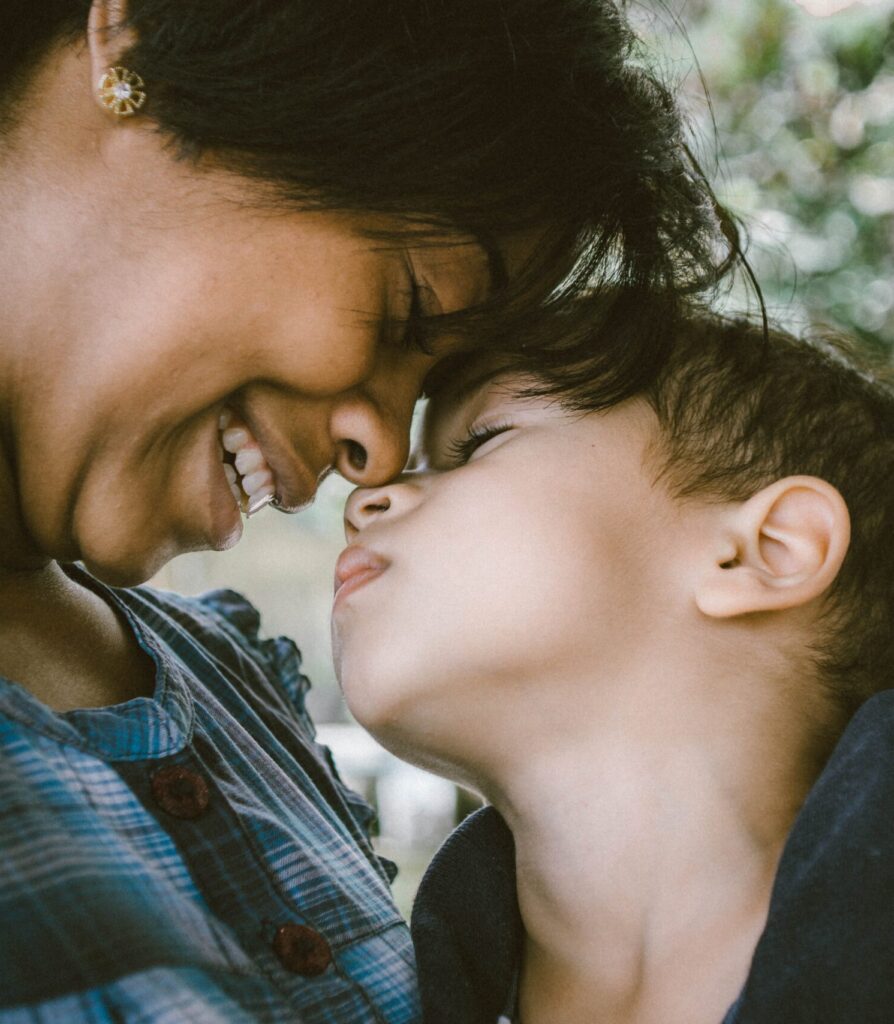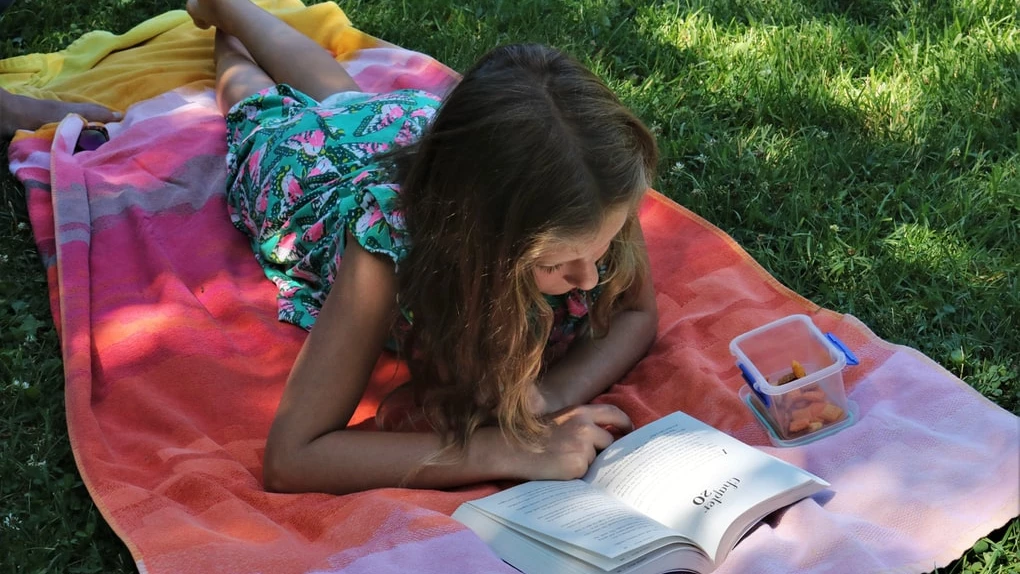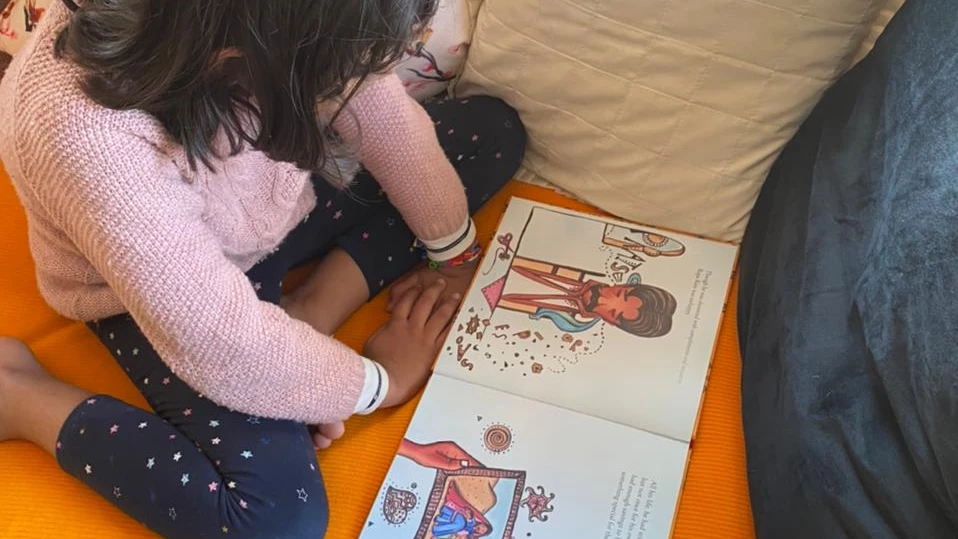When I became a parent, there weren’t many homegrown labels in India that made clothes with child-friendly fabrics. So, I came up with a simple selection process to pick clothes for my daughter: Quality over quantity, while tapping into my community. I picked high-quality clothes, which would last longer and can be passed on to friends who joyfully accept preloved clothes. Or I used hand-me-downs from cousins whose kids had outgrown their clothes. You could say, secondhand kids’ clothing has always been a part of life for us.
One of the major reasons I started Love the World Today, with my sister, was to fill a gap in the market by introducing child-friendly fabrics. And what better to do that, than with handlooms! I’ve always wondered if life was simpler, when we had limited choices. Choices that put quality of fabrics over trends. The sheer choice we now have, as parents, is a very tempting affair. But what’s also been interesting for me, as a sustainable brand owner, to observe, is the rise of a niche of conscious parents. Parents who are making mindful choices about cloth diapering, choosing preloved over new, alternate schooling, home schooling, questioning every purchase and every product they pick for their child.
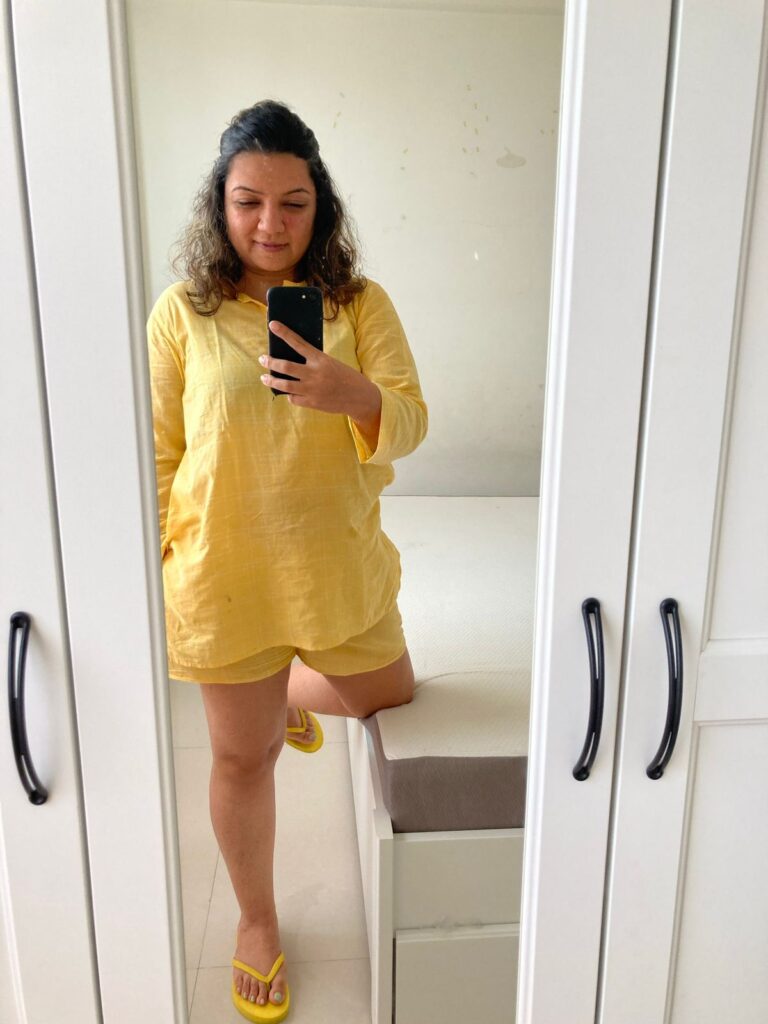
The most heartening development, for me, is the rise of secondhand clothing. Thrift stores and communities are now mushrooming, with India’s Future Market Insights predicting the nation’s secondhand clothing market will grow to $9.7 billion by the end of 2032, from about $1.8 billion last year. Apparel brands, too, are encouraging customers to resell the brand’s clothes back on the platform. Indian circular tech platform, Relove, has enabled over 60 brands to resell their clothing, including four kids’ clothing brands. Let’s take a look at why secondhand clothing matters, especially for kids.
It’s a numbers game
In today’s time, the cost of raising a child can be a big detriment to the joy of having a child. According to a recent article by The Mint Mumbai, parents spend anywhere between INR 1.6 and 2 lakhs on birth procedure, and medical and vaccination expenses, alone, in the first year after the child’s birth. Nanny expenses, building a nursery, celebrations, clothes and toys are all additional. The average annual cost for raising a child in primary school can go up to an approximate INR 3-3.5 lakhs. 10-15% of these annual expenses are attributed to clothes. And if we total this for the entire schooling years considering inflation too, we all know how scary that maths is going to look like!
The numbers are staggering! Don’t get me wrong, I’m not trying to take away from the joys of parenting. Or shaming parents for wanting to pamper their kids, especially in the early years. But, we can’t ignore the statistics. These statistics would be valid for a middle-upper middle income household with children in private schools. I have also picked this segment because, at the end of the day, this is the customer segment that has the propensity to spend. These customers are the ones who can create impact with a change in their consumption patterns. We are the ones who fuel demand and are the ones likely to be trapped in consumerism.
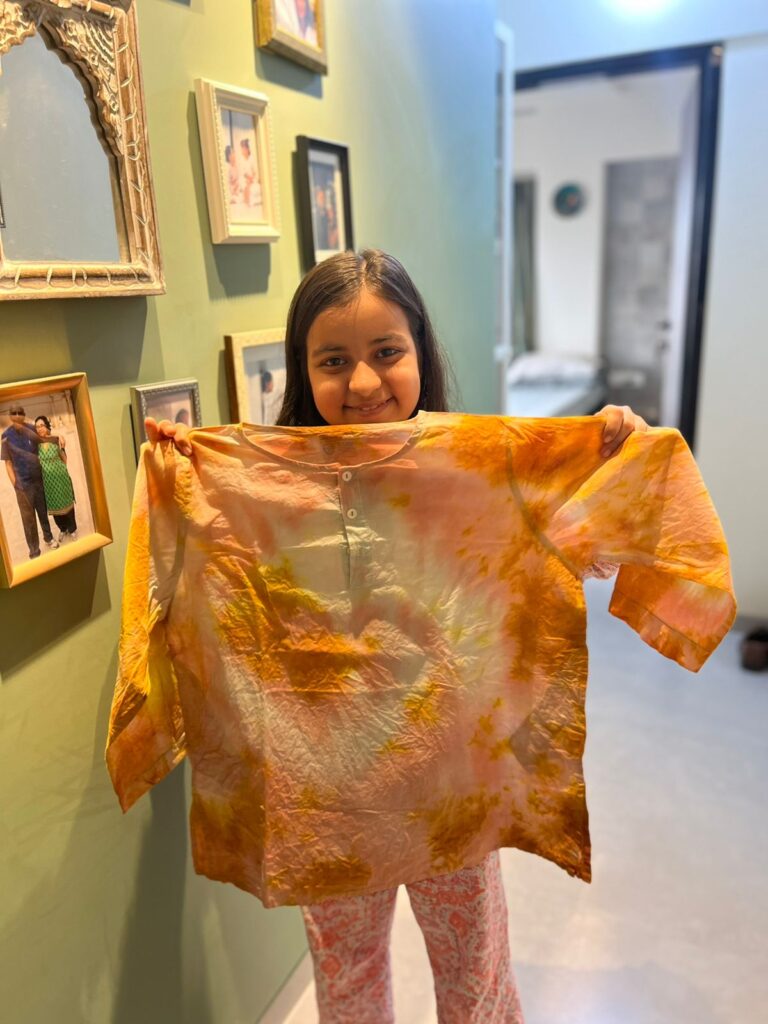
Secondhand stores and online platforms offer a wide range of styles, brands and designs. You may land some unique finds, interesting styles that you may not find anywhere else. There is a great possibility of finding luxury brand items—in excellent condition—at a fraction of the cost. So you may end up with things you have always desired for your child, but couldn’t access because of the higher price points.
Also items that are part of the nursery furniture, baby or maternity gear or items like expensive toys, strollers and books, which all have a long life and usually don’t wear out in a timeframe of 6-12 months, can easily be used by the next set of new parents.
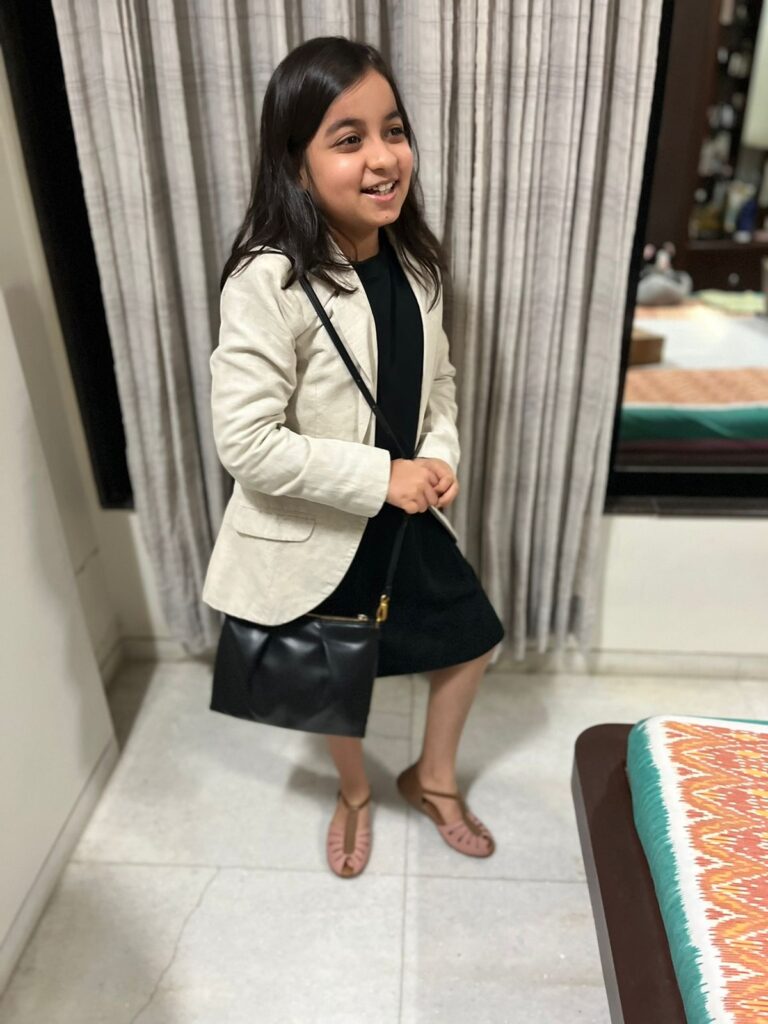
We are already familiar with hand-me-downs
In India, we have always been open to using hand-me-down clothing within the family or amongst friends. This is done primarily because children in the earlier years outgrow clothes very quickly. It’s also been a tradition of sorts to make newborns wear used clothing, since it’s soft from its multiple washes, and therefore, great for their underdeveloped and sensitive skin.
I am still unsure if this practice is rooted in traditions, or is a simple economic consideration and thriftiness, or is a sense of sentimental value, especially if the clothes are heirloom or gifted by loved ones or just enveloped in Nani’s love. Whatever the origins may be, to my mind, it is a wonderful way of continuing traditions and treasuring precious memories. The same can also be applied to secondhand clothing for kids, if we put enough thought to it.
It has a lower environmental impact
A lot has been spoken about the fashion industry and its significant carbon footprint. By reducing consumption, there will be a significant reduction in resource depletion, pollution and waste. By ensuring circularity and longevity of a garment on earth, lesser clothes and textile waste will reach the landfills. As new mothers, we may land up buying and hoarding things, only to realise that we may not require so much! A lot of items lie unused, as good as new, and you can lay your hands on these at a better price.
By picking secondhand clothing and other items, we are making a conscious choice to be a part of the circular economy. We are able to increase the monetary value of the clothes, and recover part cost of the products. Secondhand clothing or preloved clothing is a great choice for your wallet as well as for the environment.
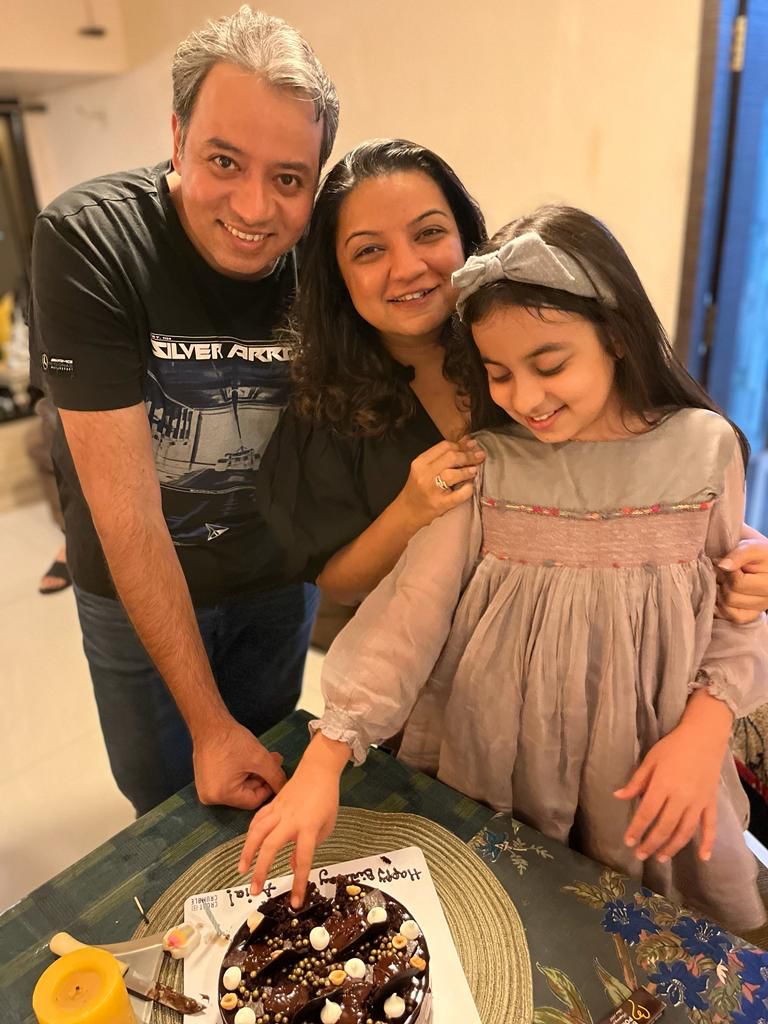
It’s a mindful way to bring up your child
By choosing preloved, we are also teaching our children to value resources. We are teaching them to choose mindfully and responsibly, making sustainable choices, teaching them to reuse, recycle and upcycle early in their lives. This foundation in the early years will influence many choices they will make eventually.
Prioritising secondhand clothing for kids teaches them to embrace imperfections and accept things that are not always brand new. They can be further taught to mend and repair things and not throw them once they are broken. That things don’t need to look perfect but can be used for as long as they are functional. Secondhand clothing is a great way to help children learn to give things they own a second life. It’s also beautiful to teach them that clothes carry stories of someone else’s childhood and have been a part of someone else’s precious memories during their growing up years.
‘We may not live to see the future, but our children will.’ This saying, to me, has always reinforced the fact that we have no choice but to be mindful and responsible about all the things we consume and that we leave behind for the generations to come!


